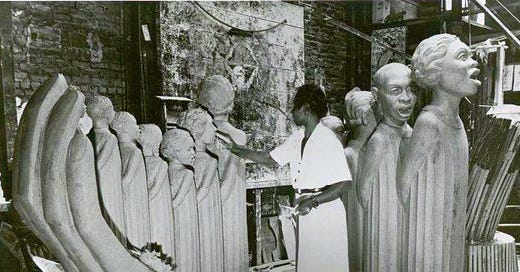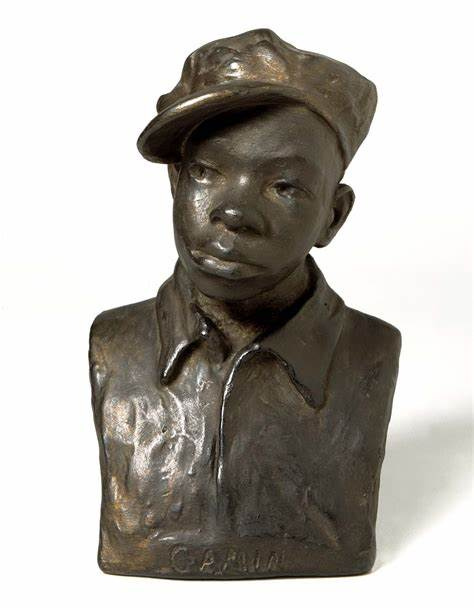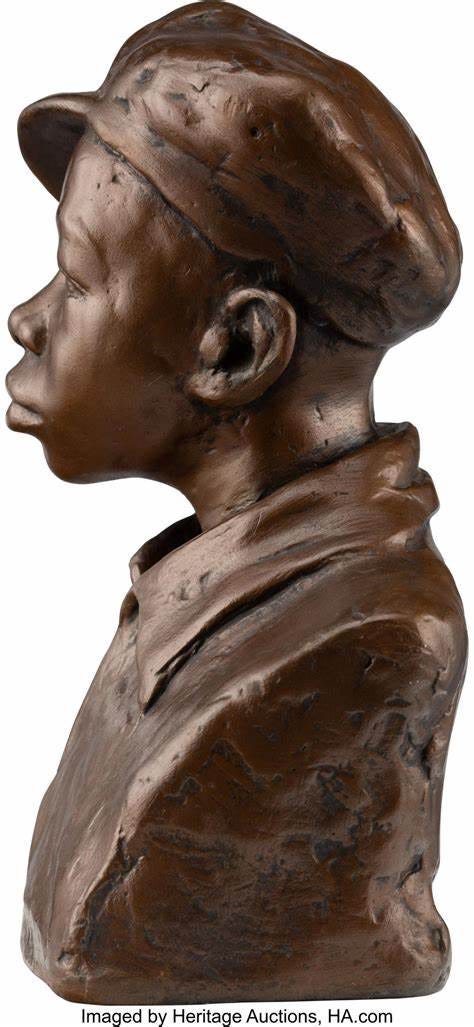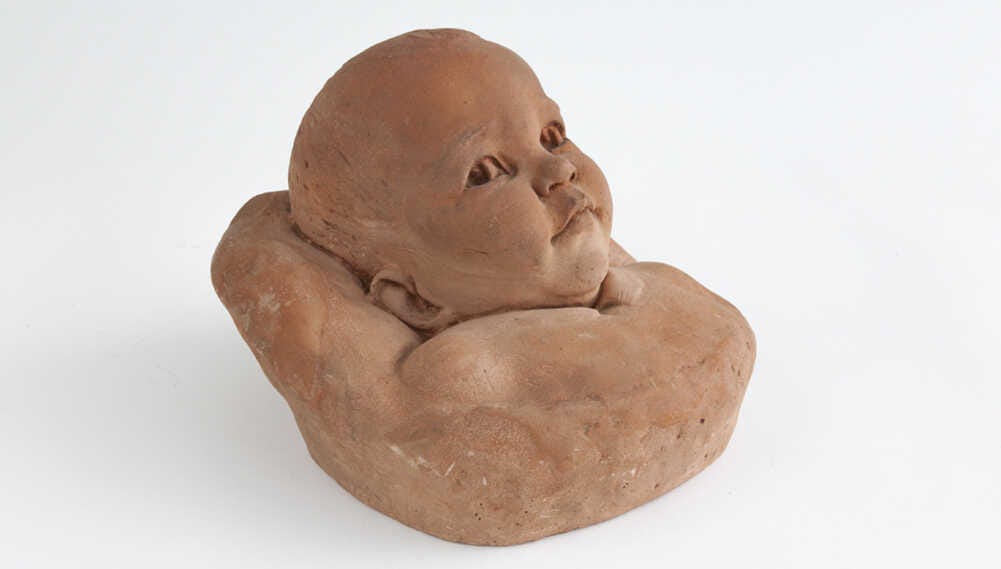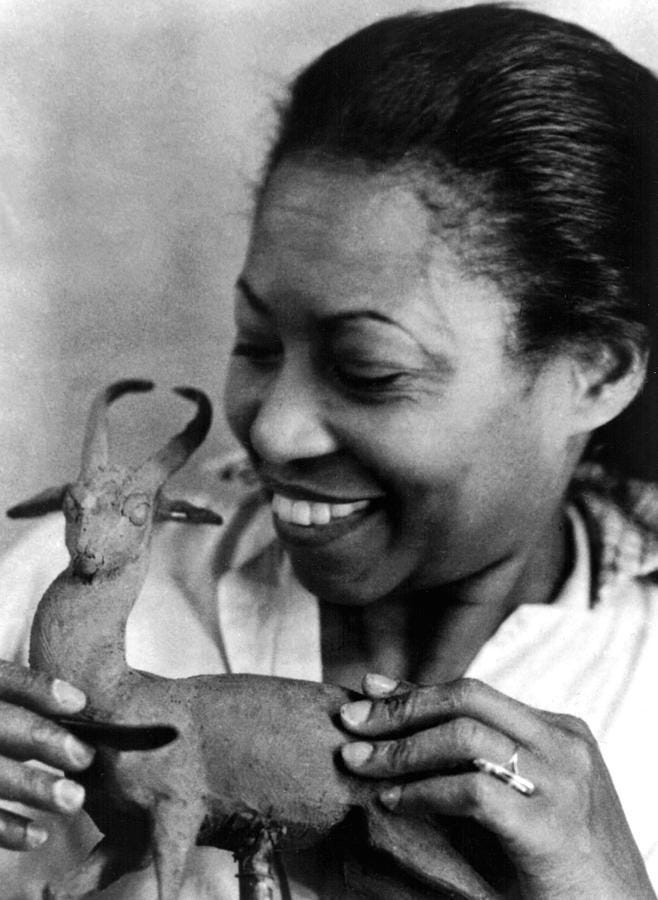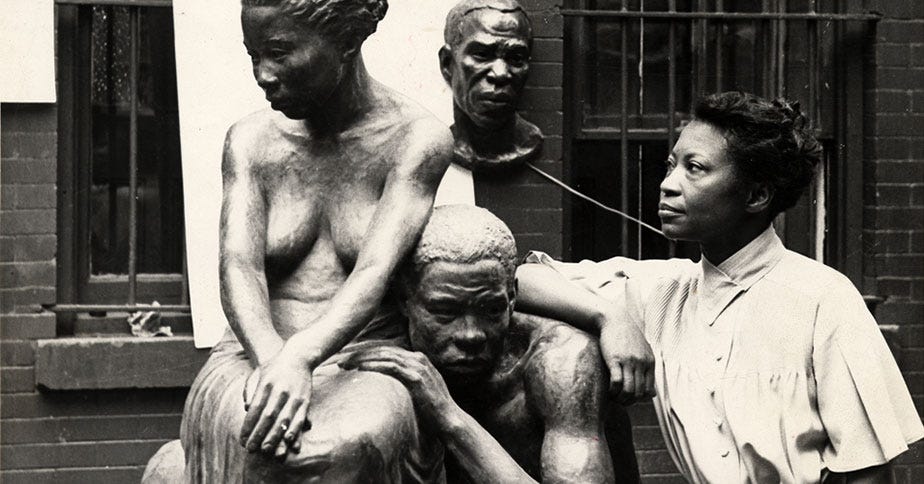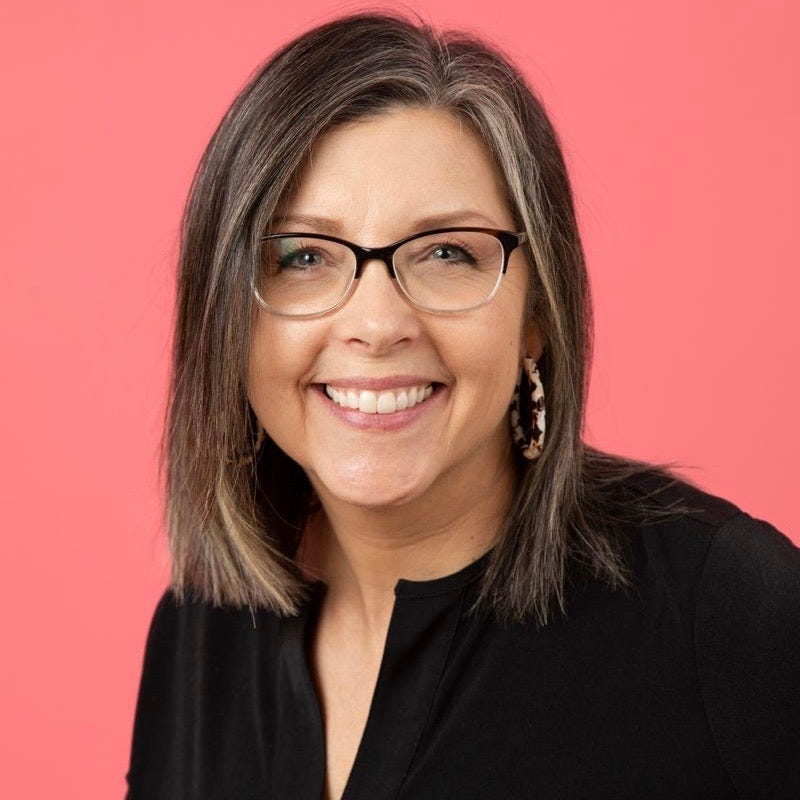Lift Every Voice and Sing by Augusta Savage
Savage’s last significant commission was to create a sculpture to be exhibited at the 1939 New York World’s Fair. Taking inspiration from James Weldon Johnson’s song “Lift Ev’ry Voice” (also known as the “Black national anthem”), she created a 16-foot-tall sculpture, made from plaster, entitled “The Harp.” [This sculpture] was universally celebrated by art critics and fair visitors alike. It became one of the Fair's most photographed objects. Sadly, no funds were available to cast the sculpture in metal, and it was destroyed when the fair closed, smashed by clean-up bulldozers. (Westburyarts)
See
Look at the work of Augusta Savage. Notice how she captures the personality of her subjects.
Augusta Fells Savage working on her sculpture entitled "The Harp."
Her work is first sculpted out of clay, and plaster molds are created. Once the molds are prepared, liquid plaster is carefully poured into the mold. Once released, the plaster is painted, given a bronze-like finish, and is an exact replica of the clay model.
Savage's 1942 terracotta Portrait of a Baby recalls the small, red clay sculptures she made as a child.
New-York Historical Society
Say
"I have created nothing really beautiful, really lasting," she once said, "but if I can inspire one of these youngsters to develop the talent I know they possess, my monument will be in their work." -Augusta Savage
Do you agree that she created nothing really beautiful, really lasting?
There is not much of Savage’s work left in the world. As she could not afford bronze, her sculptures largely succumbed to the elements, and time crumbled them. In the unfortunate case of “The Harp,” destroyed. Do you think the future work of her students is legacy enough?
She died relatively anonymously. How do you think the art world would have been impacted if she had been able to use bronze?
Do
Read the sweet and illuminating poetry by and about the artist; Augusta Savage: the Shape of a Sculptors Life."
Read 10 Black Artists Who Broke Barriers.
“From the time I can first recall the rain falling on the red clay in Florida. I wanted to make things. When my brothers and sisters were making mud pies, I would be making ducks and chickens with the mud.” — Augusta Savage.
Get some modeling clay like Monster Clay, Polymer, or oil-based clay, and sculpt a small animal or figure. What are you inspired to create? Then, set it out to remind yourself that you are a creator, or squish it up and try again.
About the Augusta Savage:
Sculptor, Arts Educator, Social Activist, and Harlem Renaissance Leader
Born in Green Cove Springs, Florida, in 1892, Augusta Savage began sculpting as a child, commencing her formal training in 1921 at Cooper Union in New York City under George Brewster. In New York, she gained recognition for her portraits of prominent African American leaders, such as W.E.B. Du Bois and Marcus Garvey, while also making her mark as an art teacher and mentor for art students. Savage was politically active in the Works Progress Administration (WPA) and, throughout the 1930s and 1940s, maintained a teaching studio in Harlem. She won a Julius Rosenwald Fellowship for her first important work, Gamin, a plaster model of her nephew Ellis Ford; the fellowship finally afforded Savage the long-awaited opportunity to study in Europe.
In 1937, Savage was commissioned by the World's Fair to create her famed sculpture, The Harp. For a work to commemorate and symbolize the musical contributions of African Americans, she chose as her inspiration the anthem "Lift Every Voice and Sing," with words by James Weldon Johnson and music by J. Rosamond Johnson. The Harp was one of the most popular works of art at the Fair; unfortunately, it was destroyed after the Fair closed. However, a small bronze version of the original sculpture is held by NYPL's Schomburg Center for Research in Black Culture.
Savage also founded the Savage Studio for Arts and Crafts (1932), was one of the founders of the Harlem Artists Guild (1935), and was the first director of the Harlem Community Art Center (1937). In these and other positions, she influenced the careers of many now-celebrated artists, including Romare Bearden, Ernest Crichlow, Gwen Knight, Jacob Lawrence, Normal Lewis, Georgette Seabrooke, and the photographers Morgan and Marvin Smith. (wayback)
Please share your reflections with me by replying to this post and tagging my Wonder Wander Facebook or Instagram pages!

